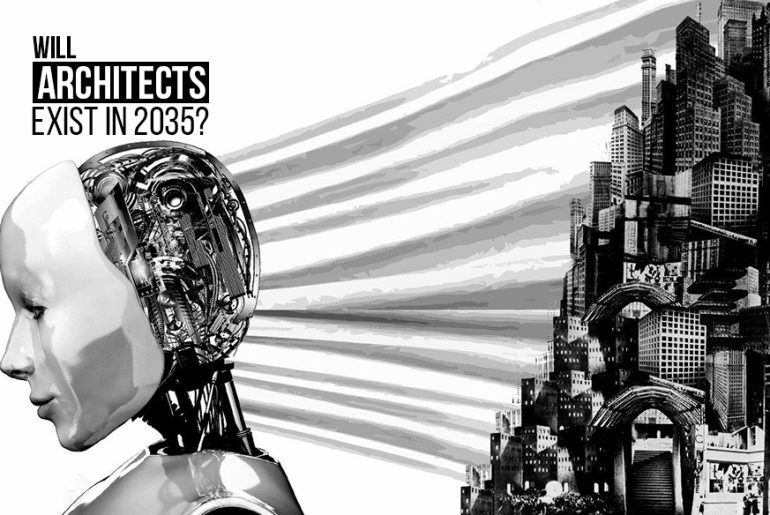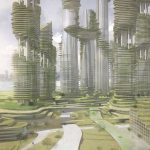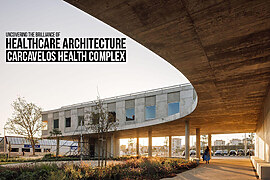“The future of architecture is culture” – Philip Johnson
Both the practice of architecture and the architectural process have undergone a significant transformation. Architecture is crucial to the survival of life on Earth at a time when sea levels are rising and the human population is expanding quickly. With certain strategies, architecture has the ability to alleviate issues like poverty, overcrowding, and land degradation. Future generations of mankind will be able to live on Earth thanks to new building technologies. Future construction will use cutting-edge materials. The impact of tomorrow will also be determined by what elements of today’s architecture do in the future.
Architecture has a magic wand that can wave away the pointless and point humanity toward miraculous happiness. To keep up with evolving cultures and technology, architects must do more than just build buildings. The need for space increases along with the growth of the nation’s population.
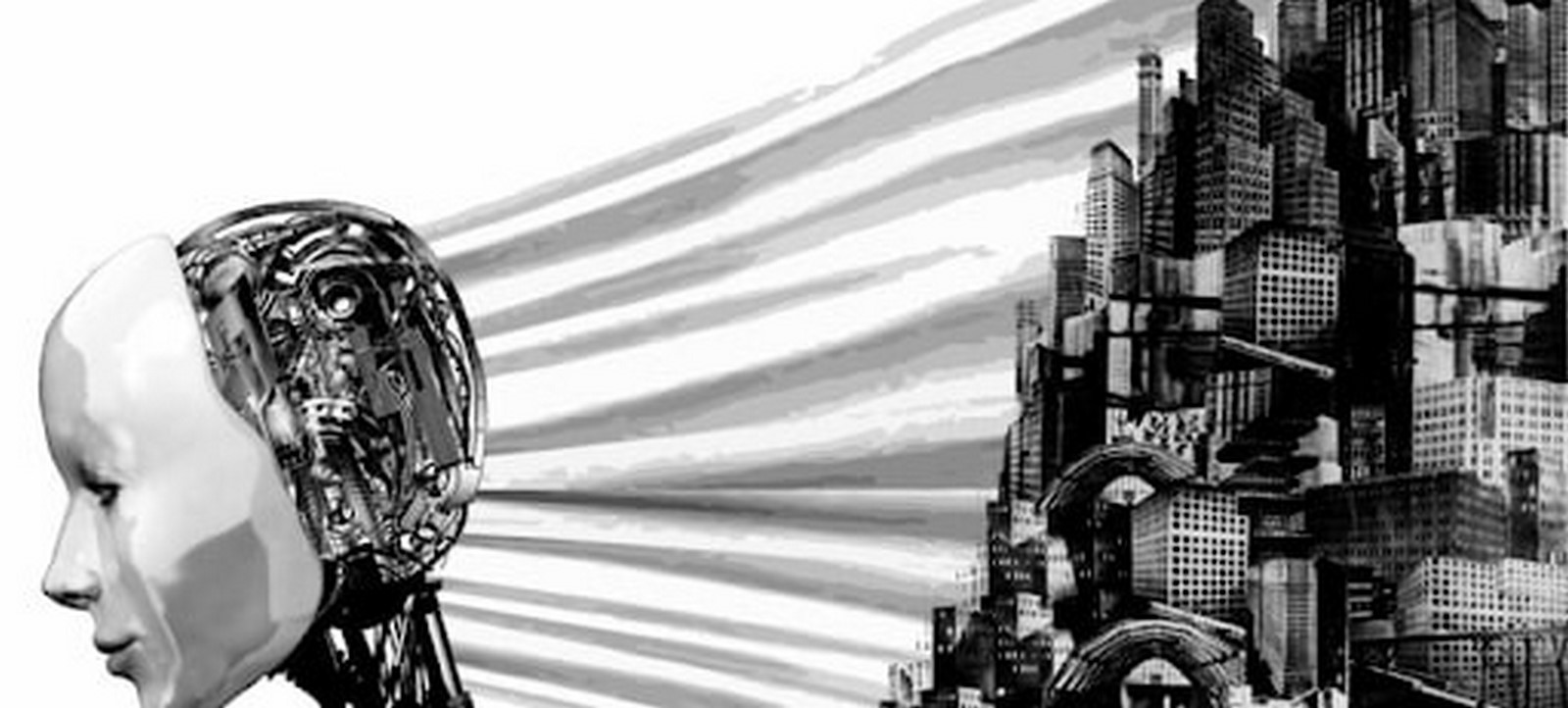
The role of the architect is evolving more quickly than ever before as new technologies become accessible and their integration into the industry quickens. Architecture evolved with time, starting with user knowledge and ending with earning his trust. What will the future hold for architecture? Although we might not be colonizing Mars or constructing space stations any time soon, current architectural trends have us optimistic about the future of constructed environments right here on Earth.
Even though it’s hard to anticipate the future, the architect’s fate might not be as bleak as it first seems. In this article, we’ll look at some of the changes the industry has already experienced, some emerging trends, like BuildTech and modularization, that are important to watch out for, some ways that architecture is likely to change over the next few decades, and some alternatives to using your hard-earned degree if you decide that it’s become less appealing as a career.
Addressing the elephant in the room
Architecture will continue to exist as long as people need shelter, but the true focus is on how the types of architecture and the number of architects are expected to alter. While it is possible that we will one day exist only as virtual entities in virtual environments, it is unlikely that this will happen in the lifetime of anyone reading these words. Even then, some type of virtual architect may still be needed.
If you’re willing to be adaptable about what an architect is and does, you’ll probably have work for as long as you want it.
Sky is the limit for the next few decades in architecture
While the future is uncertain, it is very evident that climate change is definitely one of the most significant and influential factors. Super-deep basements, floating sea towns, high-rise or rooftop farms, 3D printed dwellings, and structures with their own micro-climates are the five most likely innovations in reaction to our overpopulated and warming globe.
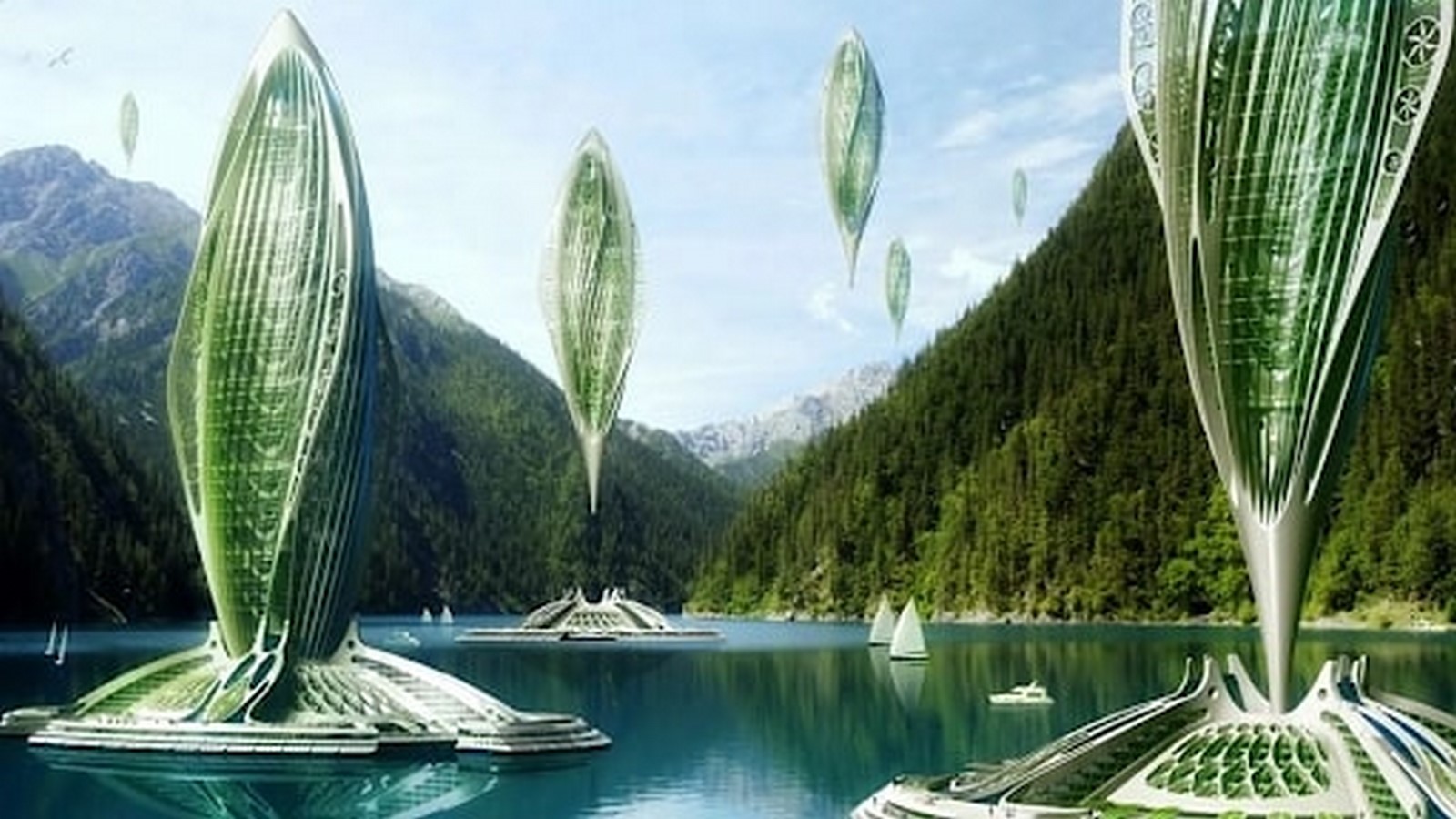
Architecture and automation are two notions that go hand in hand in the present era of design and technology advancements—or do they? On the one hand, there is some concern that “robots will replace designers,” making the profession less creative and more mechanized. On the other hand, technological advancements have made the architectural practice more efficient in terms of both procedure and expense. How far will technology carry us, and will technology ever replace your job? The short answer is probably not.
It’s daunting for architects and designers to witness careers in other sectors being steadily destroyed by technology. Financial services have already been supplanted by algorithms, travel agents have long been rendered obsolete by the growth of travel websites, and even fast food cooks are experiencing employment competition from robots. Some experts even anticipate that technology will replace many of the tasks we do now within the next fifty years. While various software makes our daily jobs as architects more accurate, and various forms of robotics become more widely used to make repetitive construction tasks more efficient, there are a plethora of non-quantifiable aspects that humans bring to design that cannot be replaced by computer engineering.
In addition, the University of Oxford published research on which occupations are most likely and least likely to be automated in the future. Fortunately, architecture has a less than 2% probability of becoming automated, as opposed to other professions such as telemarketers, sewers, and insurance underwriters, who, in the next ten years, have a 99 percent probability of being replaced by technology.
Emerging trends
1. Virtual reality
VR technology has already enabled architects to display their concepts to customers on a 1:1 scale, allowing them to navigate through unbuilt buildings. It may become the industry norm in the future for designs to be presented in this manner, with even more advanced interaction than we see now.
2. Smart cities
A smart city is one that connects its buildings, infrastructure, services, and residents to enhance efficiency. Cities are expected to get smarter and wiser in ways like this as the Internet of Things evolves and more things and systems learn to connect with one another.
3. Vertical building
Although urban space is limited, no one wants growth to absorb the remaining countryside. The solution is to build up.
4. Universal architecture
The same approach, dubbed “universal architecture,” is gradually being applied to buildings and public places, and it is expected to become a mandatory requirement as equality legislation becomes the standard across the world.
5. Sustainability
Architects can no longer get away with creating iconic, energy-guzzling megastructures; today, energy efficiency and physical waste minimization are two of their primary priorities.
6. Materials
While the question arises of what should we use instead of concrete since it is so detrimental to the environment, Scientists are now creating a wide range of sustainable construction materials, including cross-laminated lumber, potato chipboard, and mushroom insulation.
7. Automation
Robotics and assisted robotics (in which people and robots collaborate) are already altering the way we work. Architectural robots can do structural calculations as well as practical jobs like painting and bricklaying, saving time and money.
Is this to say that human architects will be out of work by the 2070s? Most likely not. While construction employees may be vulnerable to the changes brought about by robotics, the creative labor of architects may never be totally replicated by AI.
By 2035, Are Architects: Essential or Optional
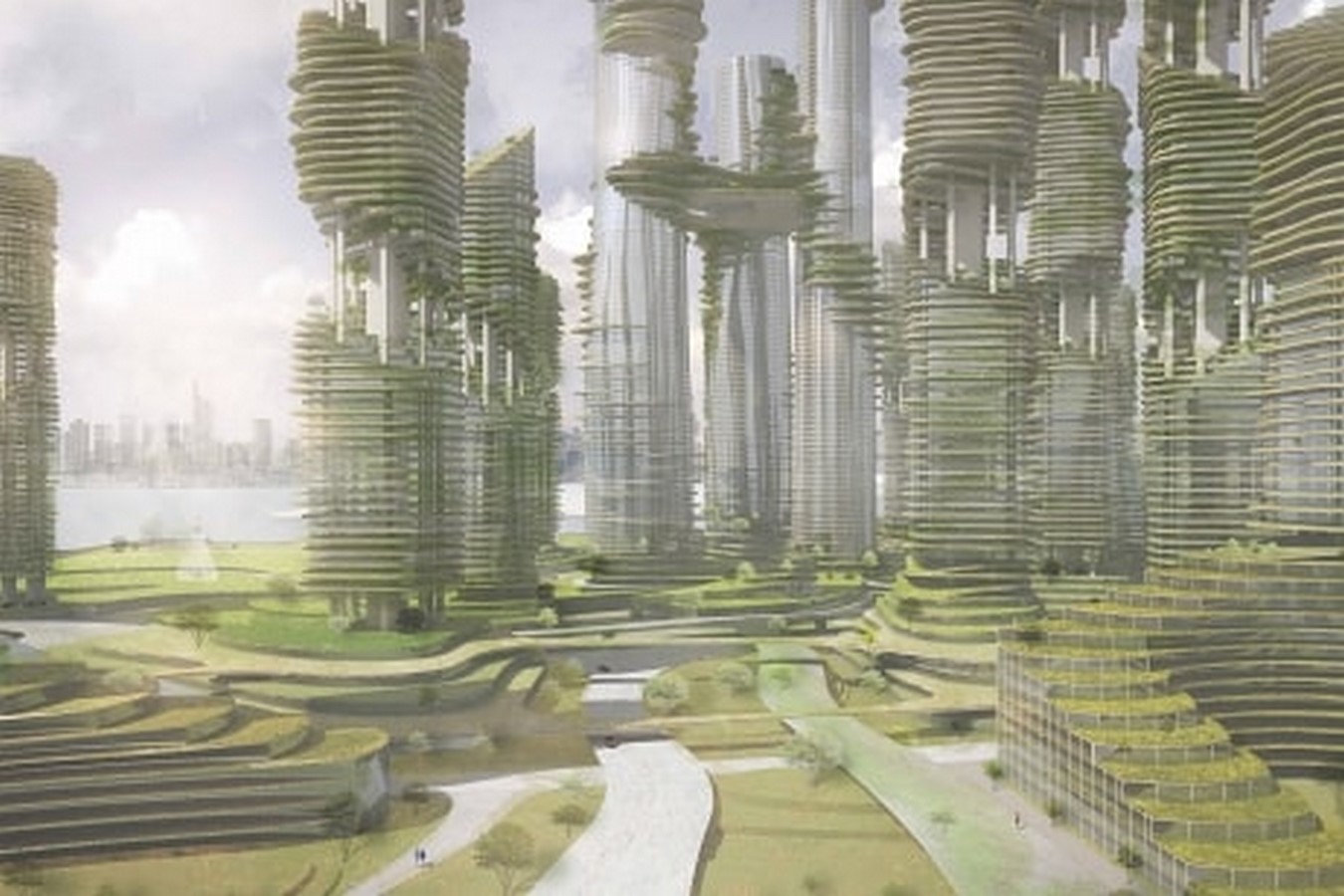
Students in the field may soon spend less time drawing and more time learning how to maximize user experience and efficiency. Architects will be hired as aesthetic specialists in interdisciplinary, in-house teams at corporations that oversee the full construction process.
According to the study, not only will architectural companies have to focus on a financial and commercial strategy rather than being largely design-led offices, but company names are also expected to lose ‘architect’ entirely and replace it with spatial agency’ and ‘design houses.’
Architects are not the only ones who must deal with the consequences of a globalizing economy, increasing information technology capabilities, and cultural disorientation. However, in the face of the continued eroding of conventional architectural talents to other stakeholders, the profession appears unusually prone to a nostalgic look back at a bygone era in which the architect was the absolute master. Fortunately, it is apparent that many young graduates see only potential in these unique times; if they are to be satisfied, our professional institutions must endeavor to provide the conditions that will maximize their opportunities.
References
1. www.archisoup.com. (2021). What does the future for architecture and architects look like? – archisoup | Architecture Guides & Resources. [online] Available at: https://www.archisoup.com/future-for-architecture-and-architects#:~:text=Architecture%20will%20exist%20for%20as [Accessed 22 Nov. 2022].
- Dezeen. (2011). ‘Will architects exist in 2025?’ – RIBA Building Futures. [online] Available at: https://www.dezeen.com/2011/03/07/will-architects-exist-in-2025-riba-building-futures/.
- RTF | Rethinking The Future. (2021). What the future holds for Architecture. [online] Available at: https://www.re-thinkingthefuture.com/narratives/a5951-what-the-future-holds-for-architecture/.
- ArchDaily. (2011). What will the architecture profession look like in 2025? [online] Available at: https://www.archdaily.com/118441/what-will-the-architecture-profession-look-like-in-2025.
- Times of India Blog. (2022). What does the future for architecture and architects look like. [online] Available at: https://timesofindia.indiatimes.com/blogs/voices/what-does-the-future-for-architecture-and-architects-look-like/.
- Journal. (2017). Changing Times: The Future of the Architecture Profession Is Not What You Think – Architizer Journal. [online] Available at: https://architizer.com/blog/inspiration/industry/the-future-of-the-architecture-profession/.
- Arch2O.com (2015). What is the future of Architecture Practice ? – Arch2O.com. [online] Arch2O.com. Available at: https://www.arch2o.com/the-future-of-architecture-practice/.
- Spiller, N. (n.d.). New designs to breathe life back into our cities. [online] www.bbc.com. Available at: https://www.bbc.com/future/article/20130624-architecture-for-a-changing-world [Accessed 5 Dec. 2022].
- Overstreet, K. (2021). Will Robots Ever Replace Architects? Why Designs of the Future Won’t Ever be Fully Automated. [online] ArchDaily. Available at: https://www.archdaily.com/962591/will-robots-ever-replace-architects-why-designs-of-the-future-wont-ever-be-fully-automated.


